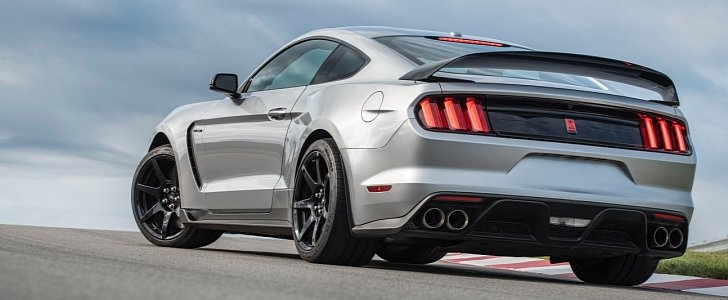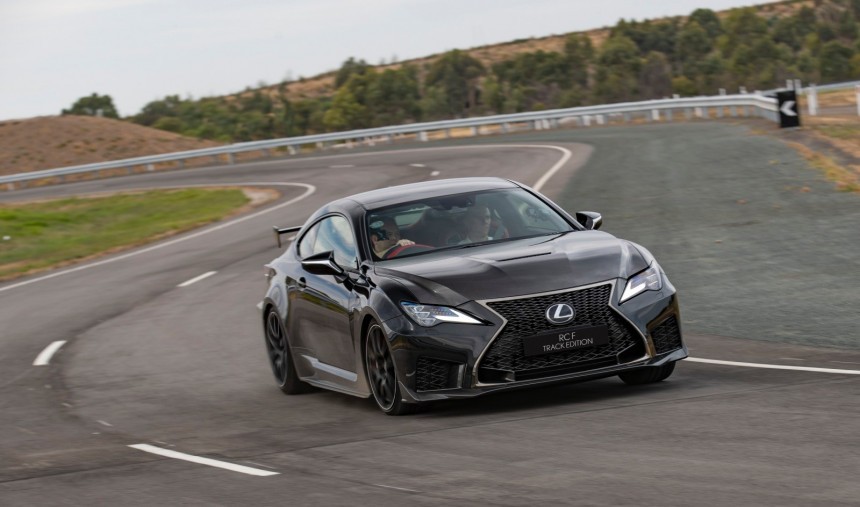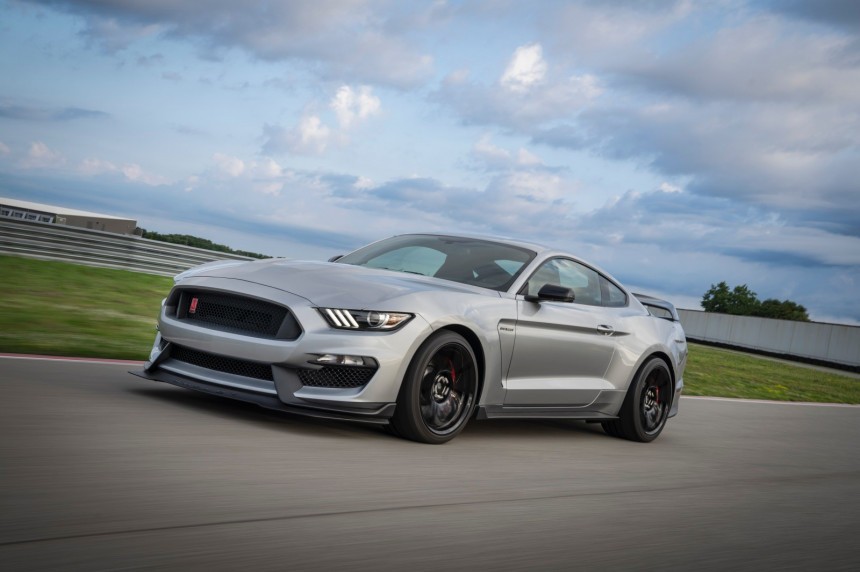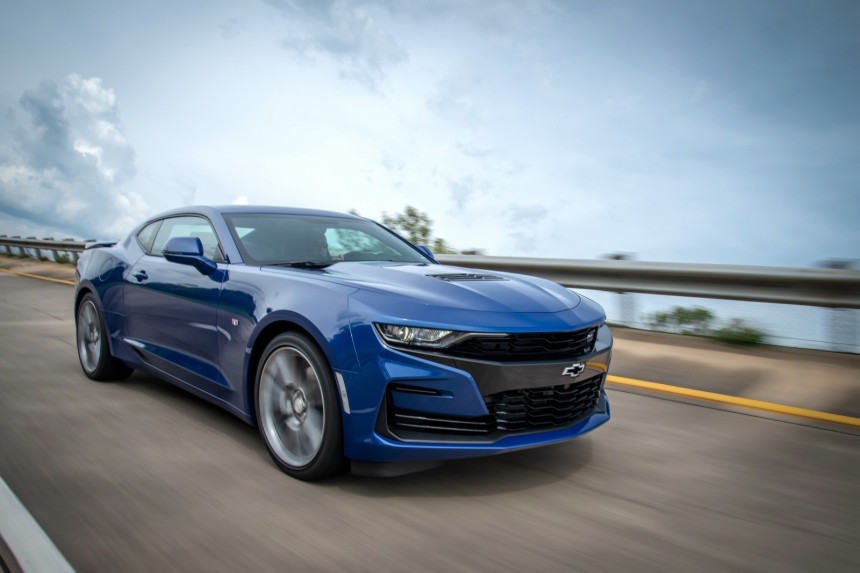Times are changing and they haven’t been kind to the front-engined naturally aspirated V8 coupe, a dying breed with very few representatives left.
Nowadays there are only a handful available new and even these will probably go the way of the dodo in the not too distant future. And since they are the last of their kind, their place in history is assured - they are automatic future classics.
Why are they so desirable? Well, since they don’t rely on forced induction to make their power, they have instant throttle response, a characteristic that not only results in a more rewarding car to drive quickly, but it’s also a safety feature (as is the instant response you get in an electric vehicle).
Another plus point of non-turbo V8s has to be their soundtrack. Once you put turbochargers on a V8, its exhaust note becomes muted and it’s nowhere near as loud or angry sounding as without the turbos. Sure, automakers have made some modern twin-turbo V8s sound decent, but they’re still quite far off the glorious bellow of a non-turbo V8.
In fact, some of the best sounding engines ever made are naturally aspirated eight-cylinder engines arranged in a V configuration. On top of all of the above, V8s are also renowned for their excellent power output for their displacement, the real reason why they ended up being so popular in the first place.
Our first stop on this non-turbo V8 coupe road is the Lexus RC-F which has a 5-liter V8 engine with 472 horsepower at 7,100 rpm and a peak torque rating of 535 Nm (394 pound-feet) delivered between 4,800 and 5,600 rpm.
There used to be similar cars with similar engines, from Lexus’ German competitors, but all have since switched to turbocharging and some have even moved to six-cylinder engines. But the RC-F can still hold its own, with a claimed zero to 100 km/h (62 mph) time of just over 4 seconds (which drops to 3.96 seconds for the RC F Track Edition, an even more aggressive limited edition model). Top speed is 275 km/h (171 mph).
Numbers aside, the RC-F really sounds good - it reminds us just how good a naturally aspirated V8 can sound. It’s really pleasant to listen to at any rpm and whichever way you choose to drive the car - the same power plant is also available in the more luxurious, bigger Lexus LC500 coupe.
Ford makes several Mustang variants with a non-turbo V8, but the most impressive and appealing has to be the Mustang Shelby GT350R. It is essentially Ford’s best Mustang-based track weapon, and while it is exceptionally good around a circuit, the star of the package is its V8 engine.
It’s a 5.2-liter mill Ford calls “Voodoo“ whose party piece is its flat-plane crank, similar to what Ferrari uses in its high-revving V8s. As a result, this Ford engine delivers 527 horsepower at 7,500 rpm and its peak torque is 582 Nm (428 pound-feet) at 4,750 rpm. Even better, this particular Mustang can only be had with a great six-speed manual gearbox by Tremec.
Chevrolet Camaro SS also has an impressive 6.2-liter V8 that doesn’t need a turbocharger to make 455 horsepower at 6,000 rpm. Torque peaks at 616 Nm (455 pound-feet) and it’s delivered at 4,400 rpm. It is lower revving than the Ford’s V8 because it doesn’t have the special flat-plane crank, but in the real world it isn’t that much slower and it sounds very good in its own way - its engine note is more like that of a traditional muscle car.
And just like the GT350R, the Camaro SS can be had with a slick-shifting six-speed manual gearbox that even comes with active rev-matching when you downshift; it gives the engine a squirt of acceleration when you select a lower gear in order to make the shift smooth - it also sounds amazing in the process and makes the driver look like a pro at heel and toe.
The world of the front-engined non-turbo V8 coupe lost two models recently; one was replaced by a mid-engined successor and the other has yet to be replaced by a new model. We are, of course, talking about the Chevrolet Corvette and the Maserati Gran Turismo, both of which fit the formula. But this only confirms how few of these cars are left - had we written this article in 2018, they would still have made the list.
Why are they so desirable? Well, since they don’t rely on forced induction to make their power, they have instant throttle response, a characteristic that not only results in a more rewarding car to drive quickly, but it’s also a safety feature (as is the instant response you get in an electric vehicle).
Another plus point of non-turbo V8s has to be their soundtrack. Once you put turbochargers on a V8, its exhaust note becomes muted and it’s nowhere near as loud or angry sounding as without the turbos. Sure, automakers have made some modern twin-turbo V8s sound decent, but they’re still quite far off the glorious bellow of a non-turbo V8.
Our first stop on this non-turbo V8 coupe road is the Lexus RC-F which has a 5-liter V8 engine with 472 horsepower at 7,100 rpm and a peak torque rating of 535 Nm (394 pound-feet) delivered between 4,800 and 5,600 rpm.
There used to be similar cars with similar engines, from Lexus’ German competitors, but all have since switched to turbocharging and some have even moved to six-cylinder engines. But the RC-F can still hold its own, with a claimed zero to 100 km/h (62 mph) time of just over 4 seconds (which drops to 3.96 seconds for the RC F Track Edition, an even more aggressive limited edition model). Top speed is 275 km/h (171 mph).
Ford makes several Mustang variants with a non-turbo V8, but the most impressive and appealing has to be the Mustang Shelby GT350R. It is essentially Ford’s best Mustang-based track weapon, and while it is exceptionally good around a circuit, the star of the package is its V8 engine.
It’s a 5.2-liter mill Ford calls “Voodoo“ whose party piece is its flat-plane crank, similar to what Ferrari uses in its high-revving V8s. As a result, this Ford engine delivers 527 horsepower at 7,500 rpm and its peak torque is 582 Nm (428 pound-feet) at 4,750 rpm. Even better, this particular Mustang can only be had with a great six-speed manual gearbox by Tremec.
And just like the GT350R, the Camaro SS can be had with a slick-shifting six-speed manual gearbox that even comes with active rev-matching when you downshift; it gives the engine a squirt of acceleration when you select a lower gear in order to make the shift smooth - it also sounds amazing in the process and makes the driver look like a pro at heel and toe.
The world of the front-engined non-turbo V8 coupe lost two models recently; one was replaced by a mid-engined successor and the other has yet to be replaced by a new model. We are, of course, talking about the Chevrolet Corvette and the Maserati Gran Turismo, both of which fit the formula. But this only confirms how few of these cars are left - had we written this article in 2018, they would still have made the list.















